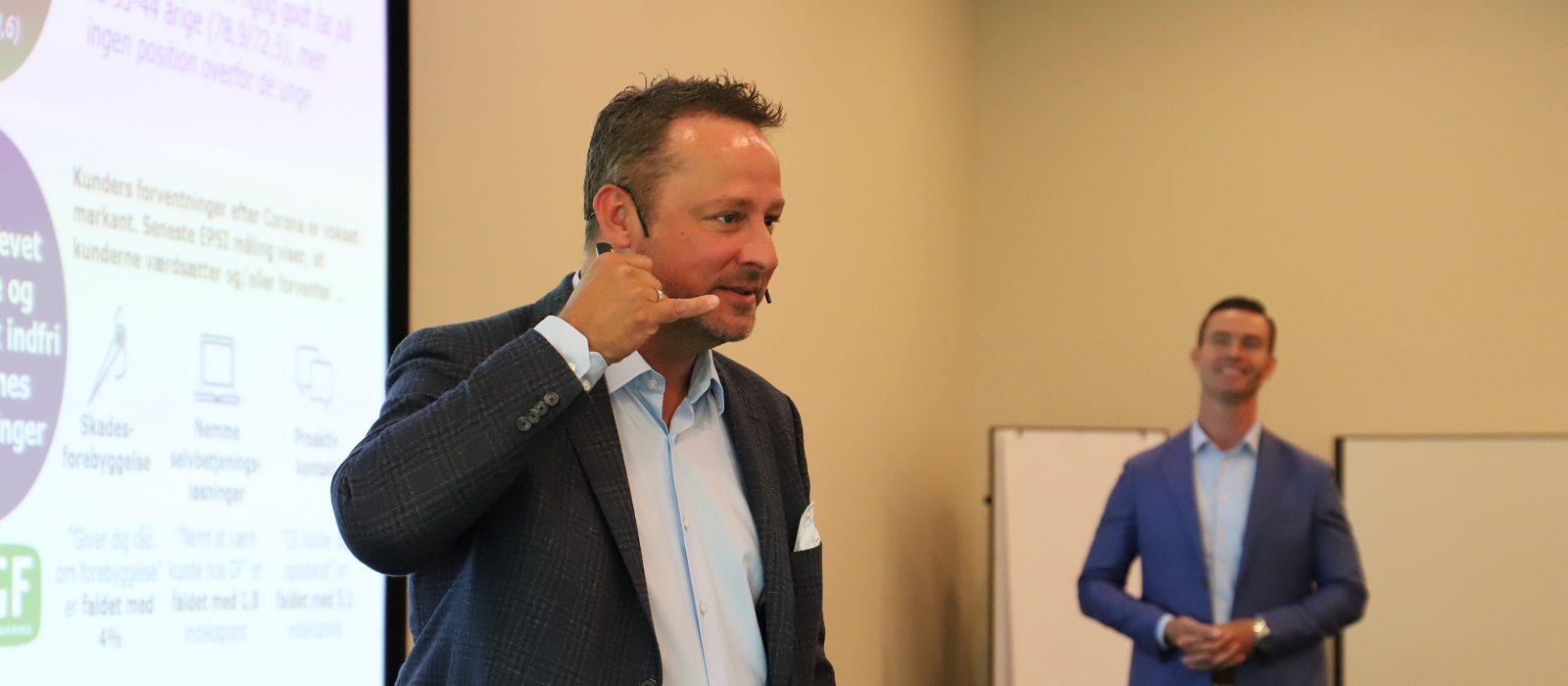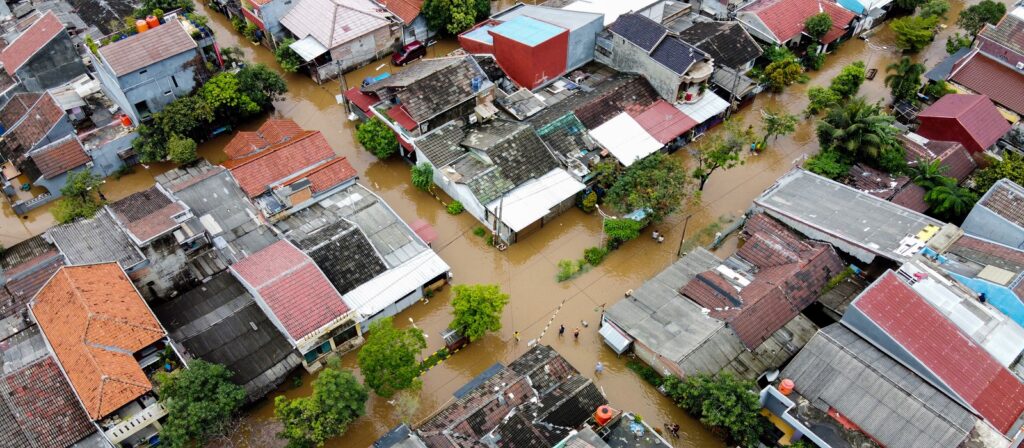Climate change is a particularly formidable risk, but it provides an opportunity for the strategic CRO and the insurance community to offer unique insights and innovations.
Climate change presents difficulties for insurers and strategic chief risk officers (CROs) because it encompasses several risks, some of which have a high level of uncertainty. Among the risks are transitional and physical financial exposures that not only can challenge solvency but also encompass additional aspects such as reputational risk, making climate particularly formidable. Successful identification and management of such risks is key for the strategic CRO.
Identifying climate risk involves measurement
Though there is a large volume of wide-ranging research on climate change, careful application is needed when writing insurance or making investment or commercial assessments. In the short term, for instance, a country’s performance in various World Development Indicators, such as sanitation, availability of agricultural land, access to drinking water and electricity, income, mortality, education and health access, and their relation to climate change, can inform the measurement of the exposure.
Currently the skills and approaches that insurers have used for risk identification and measurement are being put to good use here. They feature risk taxonomies, formalized expert judgement processes, scenario analyses and modelling techniques.
Specifically, climate scenario analysis can also be used to evaluate a range of possible positive and negative outcomes, through the employment of climate projections. Though given the uncertainty of climate trends and eventual local impact, it is often difficult for a CRO to ascertain the long-term effectiveness of the various measures taken to address each climate scenario. The expectation is that the quality of this analysis will continue to advance over the coming years. With this improvement, output from this work can help insurers to understand the range of risk outcomes and set targets. Strategic decisions and activity can then follow, including any repositioning of the business.
Disciplined climate risk management is key
A primary part of managing climate risk is the assessment of business impact. For example, commercial and personal lines underwriters are of course impacted by weather-related claim frequency and severity. There are also many other factors to consider, such as covers for litigation risk or underwriting the risks borne by emerging climate-related industries. Life insurers have a longer time horizon and will want to understand the impacts of investment returns or valuations, and effect on property or infrastructure assets, as well as the impact on long-term life covers.
Several insurers have adopted the voluntary climate-related financial risk disclosures set by the Task Force on Climate-related Financial Disclosures, to provide information to their investors. We typically see that going through the disclosure process helps to ensure that the climate risk assessment, and any strategic realignment are considered in a disciplined way.
Climate change financial risk and beyond
Financial risk posed by climate change should be of great importance for a strategic CRO. From a financial perspective, risk arising from climate change in turn creates further risk. Two key risks CROs must keep in their periphery are physical risks and transitional risks. Notwithstanding any potentially positive opportunities climate change presents for the opportunistic, overwhelmingly transitional and physical risks increase overall downside risk for insurers. It is likely that as climate change intensifies, so too could its negative impact for insurers. So how could climate change cause physical and transition risks, and what are some examples of events associated with these risks?
Physical risk: A burden for policyholders and insurers alike
Physical risks include the risk of detrimental events related to specific weather events or “acute” risks, as well as those resulting from longer-term shifts in the climate or “chronic” risks. In addition to the damage caused by acute events (e.g. wildfires, floods and droughts), the residual physical chronic impacts of climate change, such as rising sea levels and higher mean temperatures, pose a threat for the insurance industry.
From a physical risk perspective, this threat has the capacity to hit insurers through their financial investments susceptible to physical damage (e.g. infrastructure), operationally from any service outsourcing disruption and through any associated increased claims received following policy holders’ physical losses.
Transitional risks include reputational risk
Transitional risks are those related to global transformation to the “low carbon economy” and are governed by several things, including the technologies, policies, regulations and societal shifts related to climate change. Depending on the nature, speed, and focus of these changes, such risks may pose varying levels of financial and reputational risk to organizations in the interim as they attempt to adjust their business models and processes to complement developments.
As with the physical impacts of climate change, the transitional impact could be multi-layered for insurers. For example, with the introduction of a single new climate-related policy, insurance companies may need to act on their own behalf while satisfying claims for policyholders impacted by the same policy change.
The future of insurer reactions to climate change
Future responses to climate change can be compartmentalized into the following four categories:
- Market
- Science
- Conservation
- Resilience
The CRO will be instrumental in the evolution of insurer reaction, helping to set the pace for policy in each of the four categories.
Markets adapt to drive change
Among the largest institutional investors, insurers will be a significant part of the overall market response to climate change. Taking a cue from pension plans and university endowments, insurers are starting to include consideration of climate impact in their investment criteria. This will eventually affect the cost of funds, making it lower for businesses with a low climate impact and higher for those less engaged with climate change impact.
Also, as climate-related changes start to impact human activity, some of these changes will immediately be reflected in insurance rates. This in turn will begin to discourage certain activity, while encouraging others — generally discouraging activities that cause or are highly affected by climate change. Insurers have learned the hard way that delayed incorporation of new drivers of increased claims is not a good long-term strategy for their financial wellbeing. Insurers will gradually start to decline to insure the most exposed risks. This will produce incentives for others to shift their activities away from those areas.
New challenges will beget new solutions
Insurers are already working to encourage their clients to use developing science solutions. Mainly this is geared toward achieving conservation and enhanced resilience through underwriting and claims management processes. In the future, this area of climate change reaction will only grow as scientific innovations in this area develop.
Insurers, while managing their own businesses, are increasingly becoming consumers of solutions to climate change while they seek to lower consumption and improve their own resilience to climate changes. Insurers will also play a part in the encouragement of their clients through the loss control advice they give.
As a leading group of asset owners, insurers have a powerful voice in the public forum, so they can encourage the actions of public policy makers. Given their collective level of influence, insurers support the implementation of market, science, conservation and resilience-based actions to help prevent and prepare for the worst potential outcomes of climate change.
Conclusion
Climate change engagement is constantly evolving within the insurance industry, and this evolution is driven in part by the underlying motivation of insurers. But motivation in the area of climate change activity varies, and is primarily driven by emerging regulatory requirements, principle, and concern over business and financial model resilience to potential future impacts. Successful management and identification of key related risks such as physical and transitional risk is essential at present and will govern the future of insurer reactions to climate change.
This blog was co-authored by Matthew Ford, Senior Director, Risk, Willis Towers Watson; Jennifer Gaffney; Esther Huang, Director, WillisTowers Watson Singapore, Market Leader for Thailand and Vietnam; and Dave Ingram, Head of Willis Re ERM Advisory. The blog has been republished here with the kind permission of Willis Towers Watson. It was originally published on 2 January 2020 on the Willis Towers Watson website and is republished here with the kind permission of Willis Towers Watson.
Willis Re, one of ICMIF’s Supporting Members is the reinsurance business of Willis Towers Watson, the global advisory, broking and solutions company. To learn more about Willis Re or to make contact with our main contact people for ICMIF members please click here.






